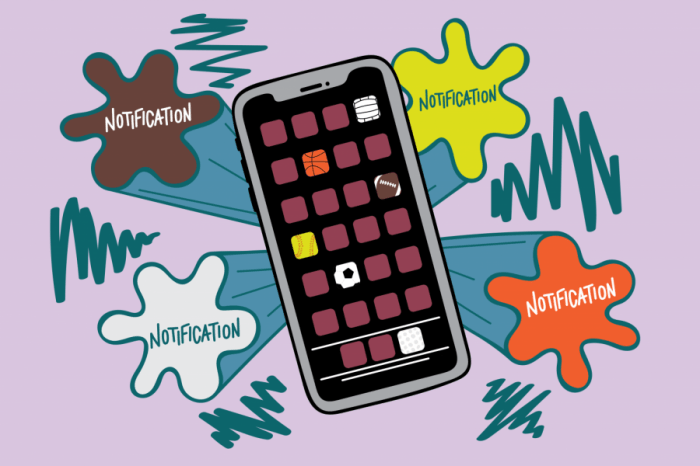Some NCAA Division I schools administer their own licensing programs, embarking on a path toward greater financial independence and brand control. This practice offers unique advantages and challenges, shaping the landscape of collegiate athletics.
By managing their own licensing programs, universities gain financial autonomy, maintain control over their brand identity, and leverage their athletic success for revenue generation. However, they also assume the responsibilities of legal compliance, administrative burden, and resource allocation.
Overview of NCAA Division I Licensing Programs
NCAA Division I schools have the option to administer their own licensing programs, allowing them to control the use of their trademarks and logos. This provides financial benefits and greater control over their brand and image. Notable examples include the University of Michigan, Ohio State University, and the University of Texas.
Benefits of Administering Own Licensing Programs

Financial Advantages
- Schools can retain a greater share of licensing revenue.
- They have more flexibility in setting licensing fees and terms.
- They can generate additional revenue streams through licensing merchandise, apparel, and other products.
Control over Brand and Image, Some ncaa division i schools administer their own licensing programs
- Schools can ensure that their trademarks and logos are used in a consistent and appropriate manner.
- They can protect their brand from unauthorized use and infringement.
- They can promote their school and athletic programs through licensing agreements.
Examples of Successful Licensing Programs
- The University of Michigan’s licensing program generated over $100 million in revenue in 2021.
- Ohio State University’s licensing program has been recognized for its innovation and effectiveness.
- The University of Texas’s licensing program has helped to establish the school as a global brand.
Challenges of Administering Own Licensing Programs

Legal and Compliance Issues
- Schools must comply with NCAA regulations and state laws governing trademark and licensing.
- They may face legal challenges from third parties who claim infringement or unfair competition.
- They must have adequate resources to enforce their licensing rights.
Administrative Burden and Resource Requirements
- Managing a licensing program requires significant administrative effort.
- Schools must invest in staff, technology, and other resources to effectively administer their programs.
- They must have a dedicated team to handle licensing requests, negotiate agreements, and monitor compliance.
Examples of Challenges Encountered
- Some schools have faced criticism for over-commercializing their brands through licensing.
- Others have encountered legal disputes over the use of their trademarks.
- Some schools have struggled to manage the administrative burden of their licensing programs.
Comparison to Third-Party Licensing Programs

| School-Administered Programs | Third-Party Licensing Programs | |
|---|---|---|
| Financial Control | Greater control over revenue and licensing fees | Less control over revenue and licensing fees |
| Brand Control | Greater control over brand and image | Less control over brand and image |
| Administrative Burden | Significant administrative burden | Less administrative burden |
| Legal and Compliance | Responsibility for legal and compliance issues | Third-party handles legal and compliance issues |
Schools should consider their specific needs and resources when deciding whether to administer their own licensing programs or partner with third-party licensing companies.
Future Trends in NCAA Division I Licensing
The future of NCAA Division I licensing is likely to be shaped by emerging trends in technology and social media. Schools are increasingly using digital platforms to promote their brands and engage with fans. This is likely to lead to new opportunities for licensing partnerships and revenue generation.
Additionally, the growing popularity of social media is providing schools with new ways to connect with fans and build their brands. This is likely to lead to increased demand for licensed products that feature school logos and trademarks.
Schools that are able to adapt to these changing trends will be well-positioned to succeed in the future of NCAA Division I licensing.
Helpful Answers: Some Ncaa Division I Schools Administer Their Own Licensing Programs
What are the key benefits of administering an own licensing program for NCAA Division I schools?
Financial independence, greater control over brand image, and revenue generation through leveraging athletic success.
What are the potential challenges faced by schools that administer their own licensing programs?
Legal and compliance issues, administrative burden, and resource requirements.
How can schools determine whether to administer their own licensing programs or partner with third-party companies?
By considering factors such as financial resources, administrative capacity, and brand management goals.